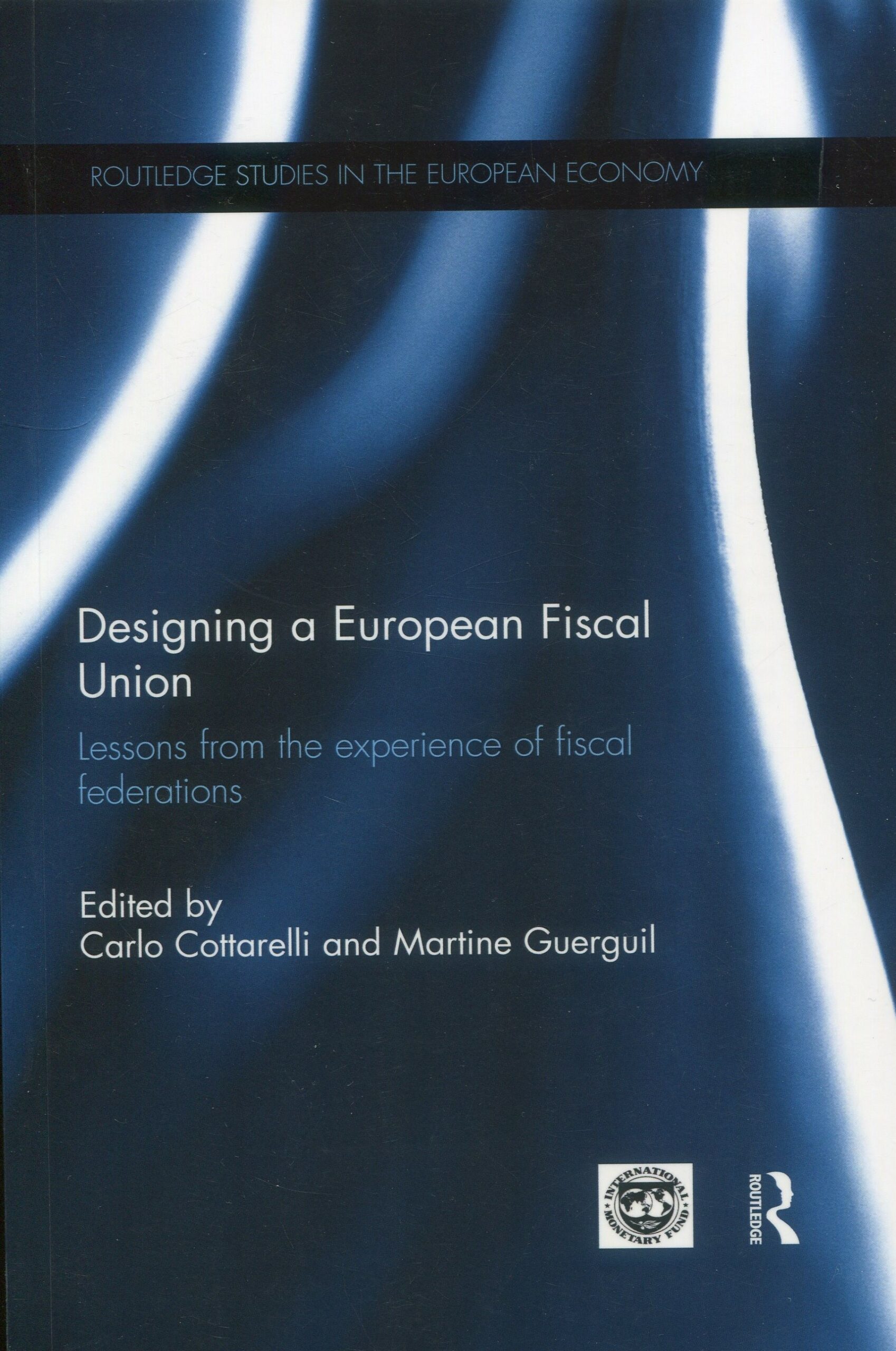Descripción
Designing a European Fiscal Union. Lessons from the Experience of Fiscal Federations*
Does the European Union need closer fiscal integration, and in particular a stronger fiscal centre, to become more resilient to economic shocks? This book looks at the experience of 13 federal states to help inform the heated debate on this issue. It analyses in detail their practices in devolving responsibilities from the subnational to the central level, compares them to those of the European Union, and draws lessons for a possible future fiscal union in Europe.
More specifically, this book tries to answer three sets of questions: What is the role of centralized fiscal policies in federations, and hence the size, features and functions of the central budget? What institutional arrangements are used to coordinate fiscal policy between the federal and subnational levels? What are the links between federal and subnational debt, and how have subnational financing crises been handled, when they occurred? These policy questions are critical in many federations, and central to the current discussions about future paths for the European Union.
INDEX
Introduction and Overview
Chapter 1. Distribution of Fiscal Responsibilities in Federations
Chapter 2. The Role of Fiscal Transfers in Smoothing Regional Shock
Chapter 3. Constraints on Sub-national Fiscal Policy
Chapter 4. Budgeting, Accounting, and Reporting
Chapter 5. Financing of Central and Sub-national Governments
Chapter 6. Sub-national Fiscal Crises
Chapter 7. Lesson from the Crisis: Minimal Elements for a Fiscal Union in the Euro Area




